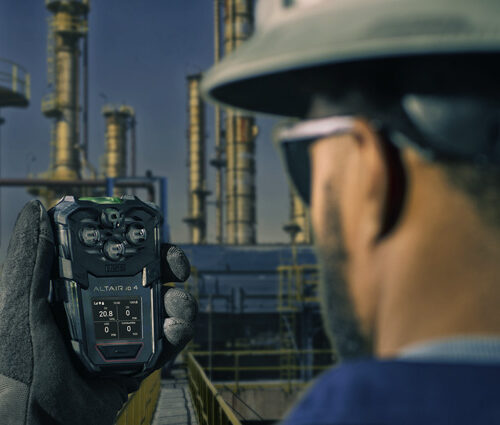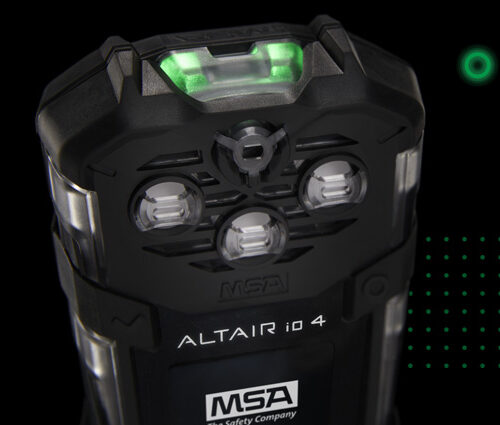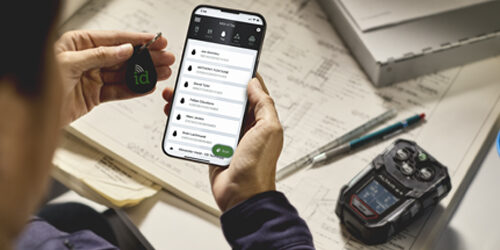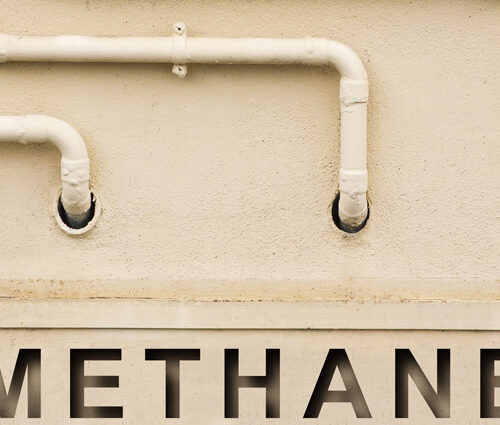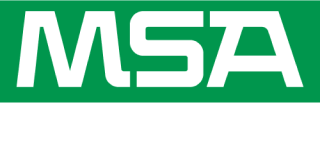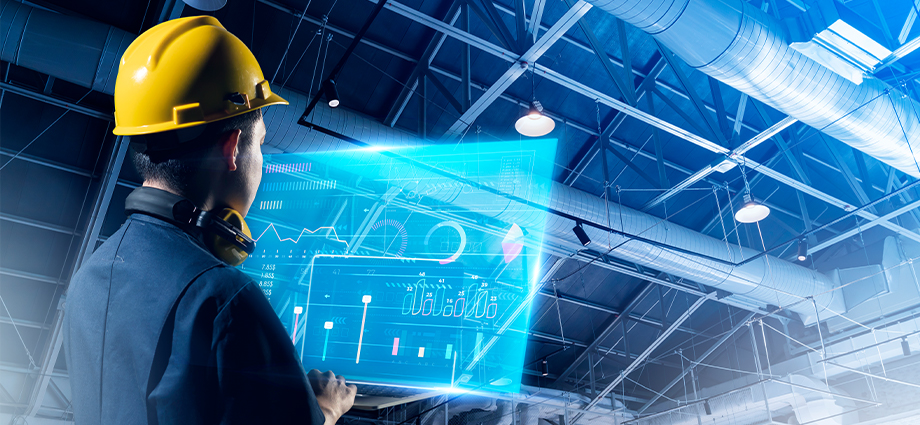
Up until 1930, industry professionals believed the main causes of accidents were unsafe conditions.1 However, improvements in work environments and regulations helped to create safer work conditions. Yet incidents still occurred, leading to significant losses. At this point, leaders began to focus on human behaviors as the root cause of industrial accidents2, and to mitigate risks, organizations prioritized controlling worker behavior and enforcing strict safety policies.3
However, with accidents still happening, studies showed that organizations may need to consider a different approach. 4,5 What emerged was a philosophy that focused less on individual compliance, and more on understanding the aspects of work identity, facilitation and visibility in terms of accountability. Under this approach, workers are identified, and how they perform their work is visualized and evaluated through horizontal relationships rather than in terms of hierarchical accountability to the company.2,3
Technology and data analysis can help companies achieve higher levels of safety by providing improved accountability and adding additional protective layers to safety programs.
Safety Software and Data Analysis Adds a Protective Layer to Gas Detection Safety
Advancements in portable gas detectors and cloud-based software provides access to more data than ever before. With connectivity, leaders can better manage each variable of their gas safety program, including the following components:
With full visibility of portable gas detectors accessible through cloud-based software, companies can proactively keep a healthy and functioning fleet ready for the job.
- Identify aging sensors and specific equipment that needs maintenance
- Anticipate and visualize calibration gas ordering needs and make sure detectors are calibrated or bump tested before use
With the right information at hand, teams have the capability to interact with users.
- Manage alerts and exposures that can lead to unsafe conditions for workers
- Identify workers with potentially unsafe behaviors that may need further training
In today’s decentralized workforce, data can be used to help ensure the safety of teams across various job sites.
- Identify workers’ locations in case of emergency and remotely evacuate the area
- Get the relevant information about ongoing exposures to quickly take action on alarms
Although the information is available, knowing how and when to use it is critical. Safety software like MSA Grid, powered by Safety io technology, collects data and delivers it to you in an easy-to-consume format. By using tools such as the Grid Fleet Manager and Grid Live Monitor to observe behavior and systems, today’s corporations are smartly and intelligently managing their safety programs.
Gas Detection Data Can Help Influence Worker Behavior
There’s no doubt that behaviors have a determinant impact on safety. Unfortunately, recent studies shows that unsafe behavior often continues after an accident, suggesting a considerable problem getting through to workers.5 However, taking a behavior-based safety (BBS) approach combined with automated and always-connected data collection can dramatically impact safety outcomes.
By connecting your MSA ALTAIR® gas detectors to the Grid, you can quickly gather data that will help you guide your safety efforts. Instead of analyzing data in massive spreadsheets and hard drive databases, safety professionals can access a dashboard offering real-time status of workers, devices, and worksites.
Moreover, safety managers can review data logs to better recognize patterns. Using gas detection data supplied by safety software helps companies embrace a BBS approach, prioritize safety actions and
to develop actionable policies.
Practical connectivity also frees up the safety manager’s time to focus on building better safety programs.
Next Steps Toward Gas Safety Program Improvements
With your gas detectors supplying large amounts of data, you can develop a world-class gas detection program. Take advantage of the connectivity to centralize data collection for faster insights and data-driven decision-making. Explore your options for a connected gas detection program.
Sources:
- https://www.researchgate.net/publication/267980156_Occupational_health_and_safety_using_data_mining
- https://www.sciencedirect.com/science/article/pii/S0925753520304136
- https://www.sciencedirect.com/science/article/abs/pii/S0950423007001428
- https://www.sciencedirect.com/science/article/pii/S2351978920305898
- https://www.sciencedirect.com/science/article/pii/S0925753520305282?dgcid=rss_sd_all
- https://onlinelibrary.wiley.com/doi/abs/10.1002/9781119443070.ch29


